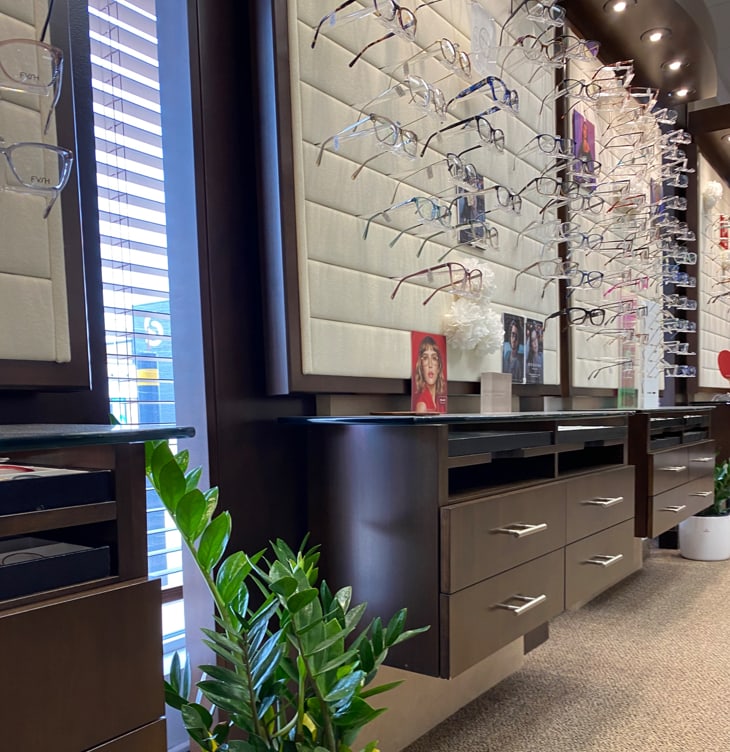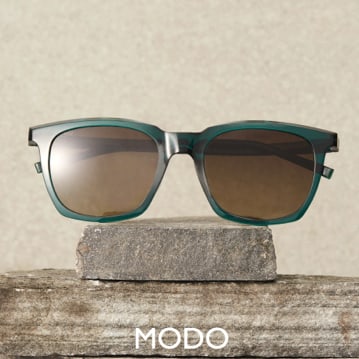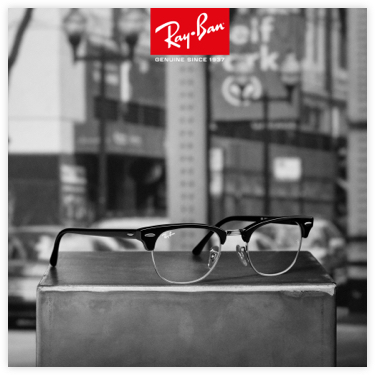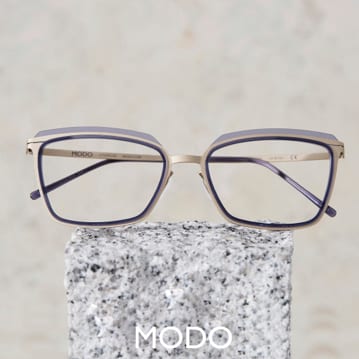These daily disposable soft contact lenses let your child see clearly and work to manage how light focuses at the periphery of the eye, reducing the eye’s elongation. It’s a simple, safe, and effective way to help protect your child’s vision and quality of life.
MiSight 1-Day dual-focus contact lens is well tolerated and has the longest and most robust data available on the safety and efficacy of any soft contact lens option for myopia control.
Ability 1-Day is a relatively new product specifically designed to slow the progression of myopia in children. The RingBoost technology maintains vision while providing a very high treatment power.













